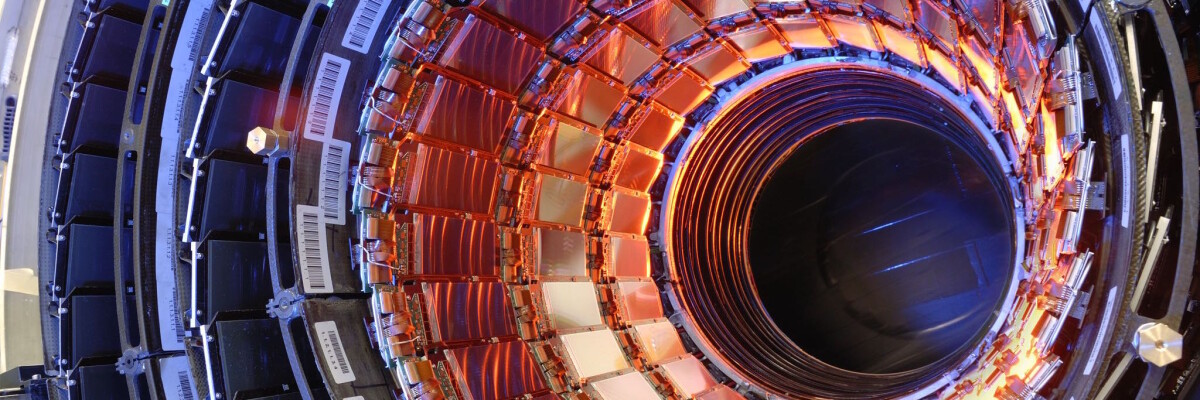The new engine can solve the problems related to organizing the first interstellar expedition.
NASA engineer David Burns has developed a concept for a space engine that will be propelled by accelerating particles. The technology will enable spaceships to reach close to the speed of light.
The new engine is an alternative to the traditional engines used in rockets which are propelled by the combustion of chemical fuel. The new development was dubbed a ‘helical engine’. You can learn more about David Burns’ development on the agency website.
This type of engine will keep satellites on the orbit for a long time without any refueling. What’s more, if scientists succeed in getting spaceships to reach the speed of light, interstellar missions will become possible.
The engine is constructed based on a relatively simple concept: according to Newton’s Third Law, for every action, there is an equal and opposite reaction. However, the helical structure of the engine operates by accelerating ions confined in a loop which creates momentum.
This engine will be efficient in space as it will not have to deal with reaction from friction. On Earth, you would need 125 mW just to apply 1 Newton’s worth of effort.
Share this with your friends!





Be the first to comment
Please log in to comment